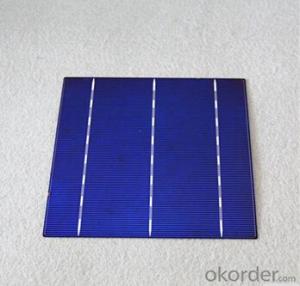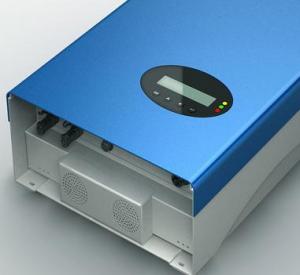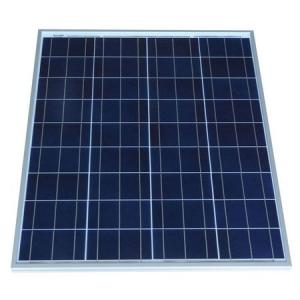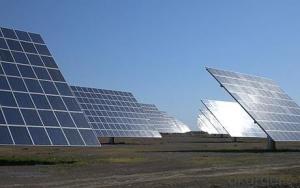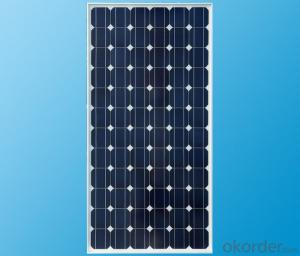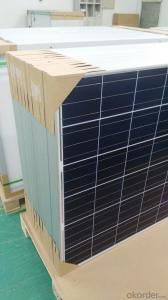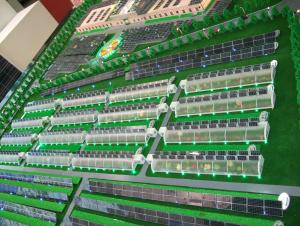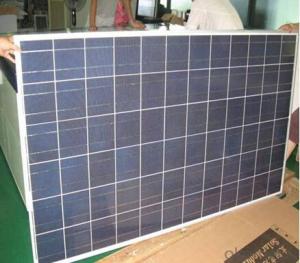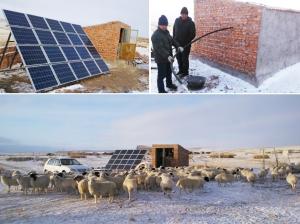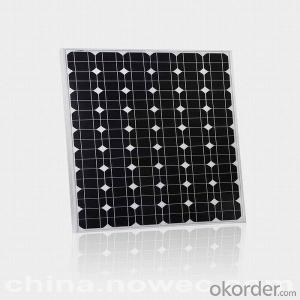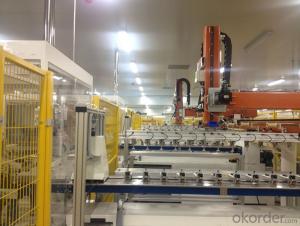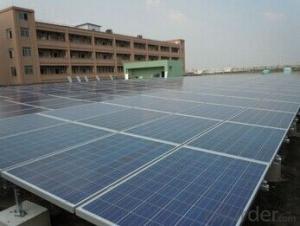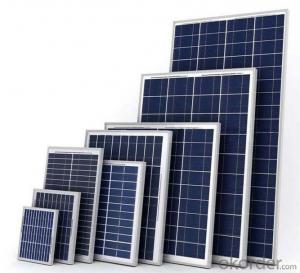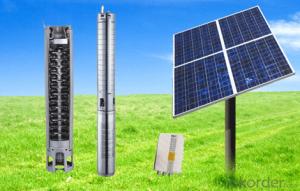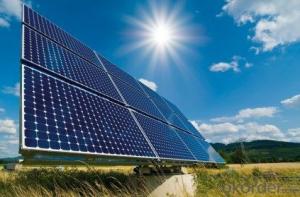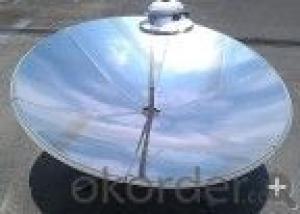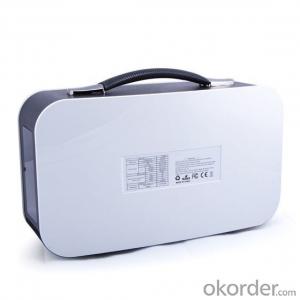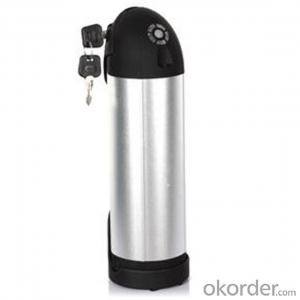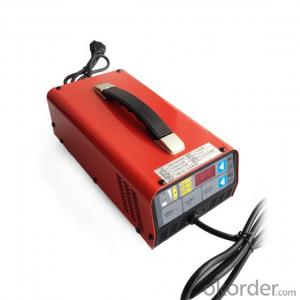Printing Solar Cells At Home
Printing Solar Cells At Home Related Searches
Screen Printing Solar Cells Printed Solar Cells Printable Solar Cells Screen Printed Solar Cells Creating Solar Cells Printed Solar Cells For Sale Printed Organic Solar Cells Home Built Solar Cells Printed Solar Cells Technology Printable Organic Solar Cells Organic Printed Solar Cells 3d Printed Solar Cells Build Solar Panel From Cells Building Solar Cells Build Your Own Solar Cells Production Of Solar Cells Printed Solar Cells Efficiency Build Solar Cells From Scratch Make Solar Inverter At Home Cheap Solar Cells Custom Solar Cells Buy Cheap Solar Cells Homemade Solar Inverter Buy Solar Cells Affordable Solar Cells Purchase Solar Cells Cheap Solar Cells For Sale Buy Solar Cells Online Low Cost Solar Cells American Made Solar CellsPrinting Solar Cells At Home Supplier & Manufacturer from China
Printing Solar Cells At Home has become a revolutionary product in the field of renewable energy, offering an innovative solution for harnessing solar power. This product allows individuals to print their own solar cells, making it a convenient and cost-effective way to generate electricity. By utilizing advanced printing technology, these solar cells can be easily integrated into various applications, such as residential rooftops, portable chargers, and even wearable devices.The application and usage scenarios for Printing Solar Cells At Home are vast, as they provide a sustainable and eco-friendly alternative to traditional energy sources. These solar cells can be used to power homes, businesses, and even remote locations where access to electricity is limited. Additionally, their lightweight and flexible nature make them ideal for outdoor activities, such as camping and hiking, where portable power sources are essential. The ease of installation and maintenance further enhance their appeal, as they can be easily attached to various surfaces without the need for complex mounting systems.
Okorder.com is a leading wholesale supplier of Printing Solar Cells At Home, boasting a large inventory to cater to the growing demand for this innovative product. As a reliable source for solar cell printing solutions, Okorder.com ensures that customers receive high-quality products at competitive prices. Their extensive inventory and commitment to customer satisfaction make them the go-to choice for those looking to embrace the future of renewable energy by printing solar cells at home.
Hot Products

